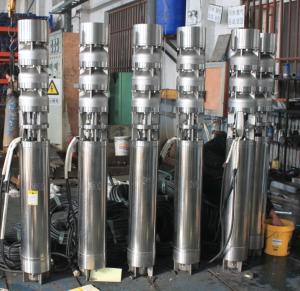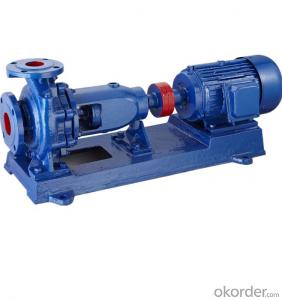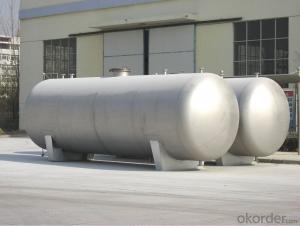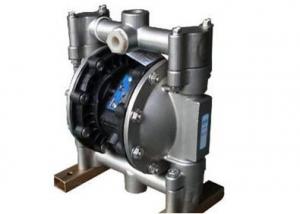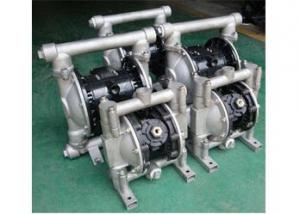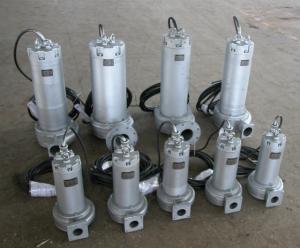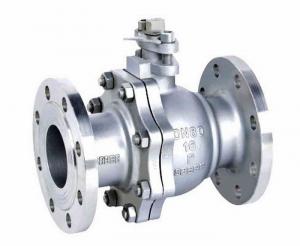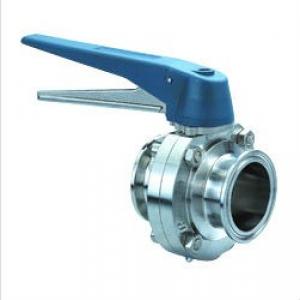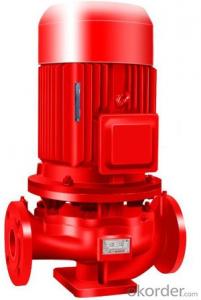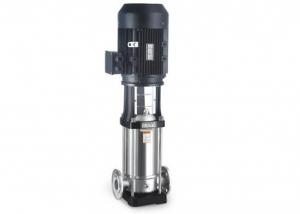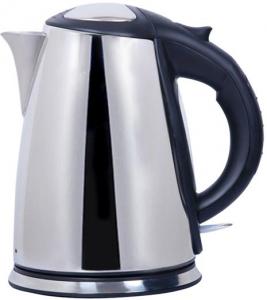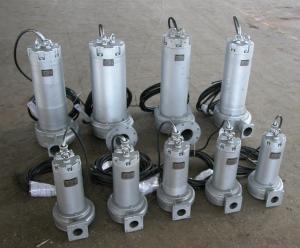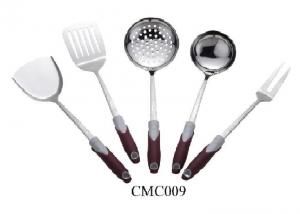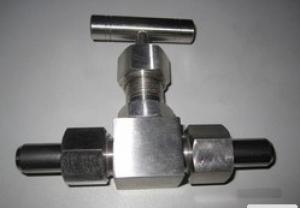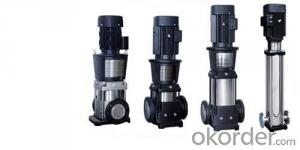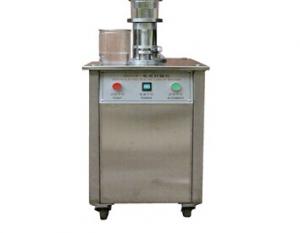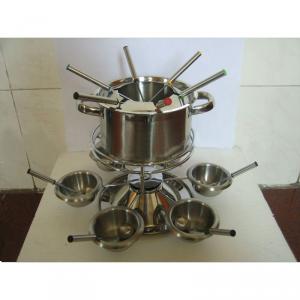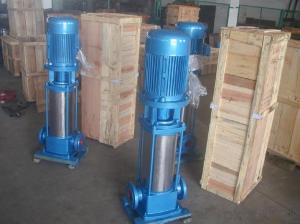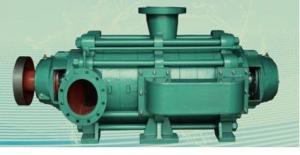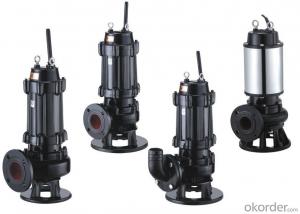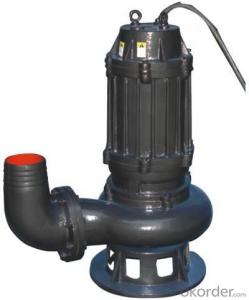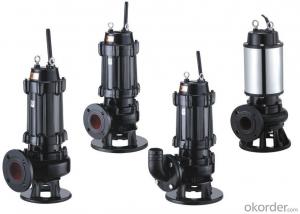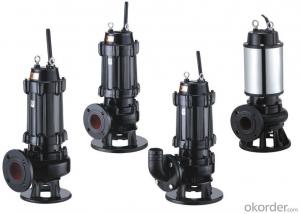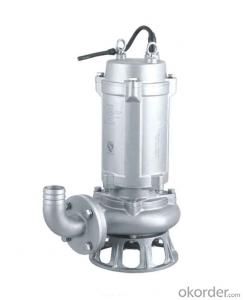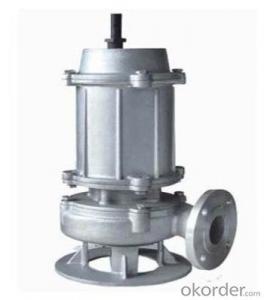Stainless Steel Pressure Vessel
Stainless Steel Pressure Vessel Related Searches
Stainless Steel Vessel Stainless Steel Pressure Tank Stainless Steel Pressure Canner Stainless Steel Vase Stainless Steel Tortilla Press Stainless Steel Flask Stainless Steel Storage Tank Stainless Steel Tank Stainless Steel Burger Press Stainless Steel Pool Stainless Steel Swivel Stainless Steel Vacuum Flask Stainless Steel Swimming Pool Stainless Steel Drilling Stainless Steel Tankers Stainless Steel Mixing Paddle Stainless Steel Beverage Tub Stainless Steel Canister Stainless Steel Fountain Stainless Steel Luggage Stainless Steel Drill Stainless Steel Storage Stainless Steel Platter Stainless Steel Funnel Stainless Steel Canisters Stainless Steel Conveyor Stainless Steel Tanks Stainless Steel Tub Stainless Steel Weld Stainless Steel Garlic PressStainless Steel Pressure Vessel Supplier & Manufacturer from China
Stainless Steel Pressure Vessels are robust and reliable containers designed to withstand high pressures and temperatures, commonly utilized in various industries such as chemical processing, food and beverage, and pharmaceuticals. These vessels are made from high-quality stainless steel materials, ensuring durability and resistance to corrosion, making them ideal for handling a wide range of substances and processes.These versatile stainless steel pressure vessels are widely used in numerous applications, including storage, mixing, and heating under pressure. They are particularly useful in scenarios where maintaining a controlled environment is crucial, such as in the production of high-pressure steam or the processing of hazardous materials. Their ability to operate under extreme conditions without compromising safety makes them a preferred choice in many industrial settings.
Okorder.com is a leading wholesale supplier of Stainless Steel Pressure Vessels, boasting a vast inventory that caters to the diverse needs of clients across different sectors. With a commitment to quality and customer satisfaction, Okorder.com ensures that each stainless steel pressure vessel meets the highest industry standards, providing businesses with reliable and efficient solutions for their processing requirements.
Hot Products
